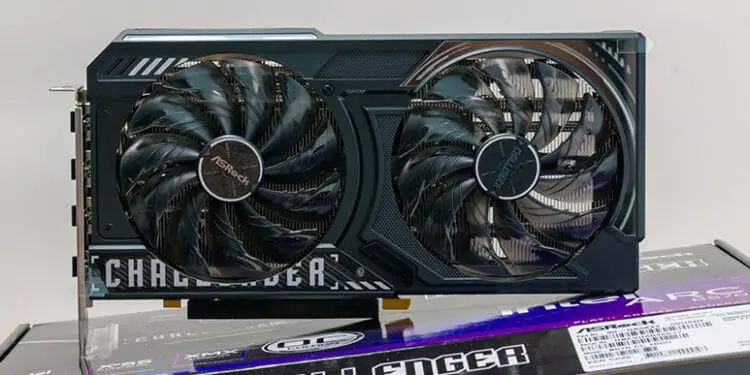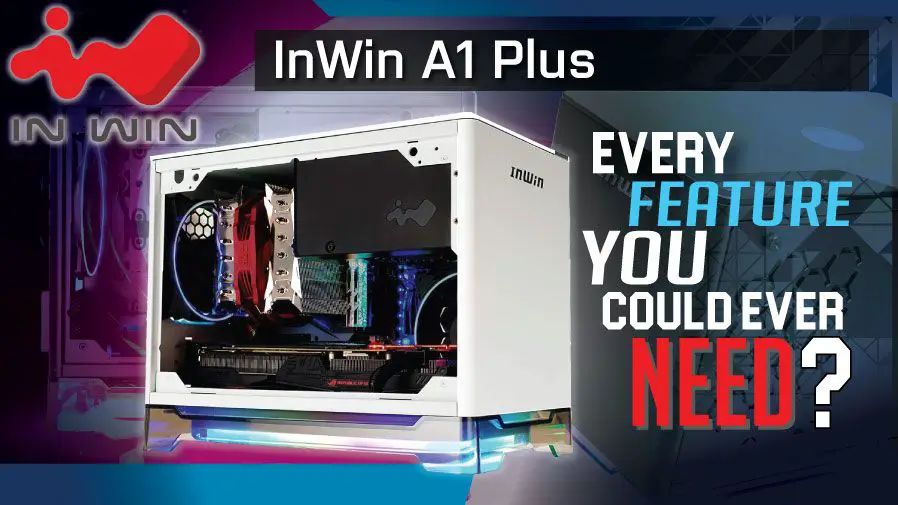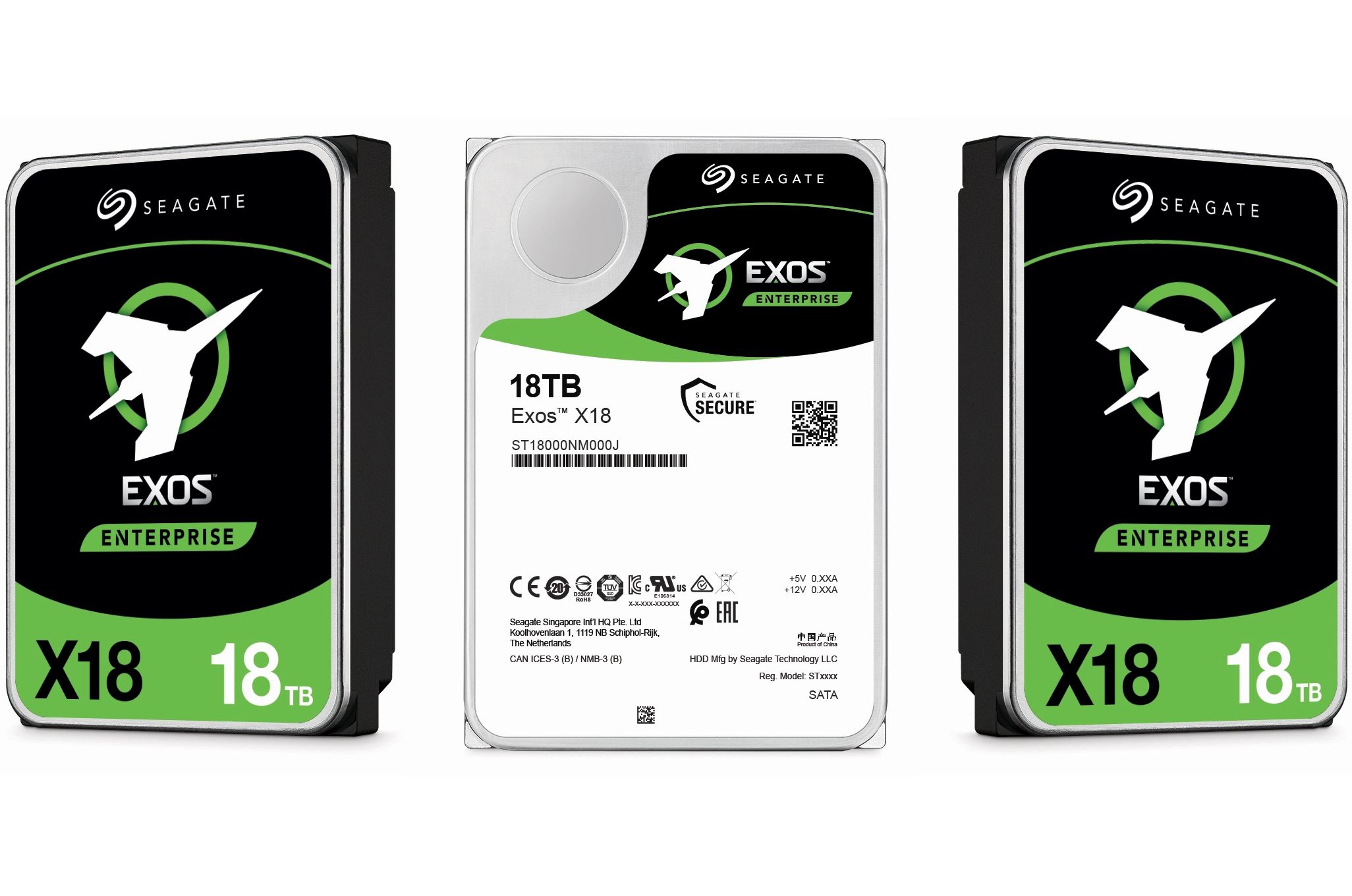Final Score: 91 out 100
Let us face facts. The PC GPU industry has lost its way. Video gaming was originally supposed to be a ‘cheap’ and ‘easy’ way to pass the time (and rest up from walking uphill to school… both ways). One where you didn’t have to have a lot of money to have a lot of fun. Sadly, the days of PC gaming being considered the value option are long gone. One could argue that consoles removed the term “value” from the PC gaming marketplace, but the fact remains that even before the virus of unnamed origin rocked the world, it appeared as if both Team Red and Team Green were going out of their way to try and one-up the other in which can offer the least value as possible. While that is extremely hyperbolic, one can easily argue that prices have risen well beyond inflation levels and have done so for many years now. For the most part the duopoly’s, compelling counter-argument was the amount of horsepower per dollar offered was rising even faster.
We say for the most part that the entry-level “1080P” PC gaming enthusiasts have been getting the short end of the stick for quite some time now. Due to the rather myopic vision of the future, one which is more focused on enterprise usage scenarios for ‘GPU’ cards, lower-end models have started to get worse and worse.
In the sub 250 (USD) market a 128-bit bus with 8GB of RAM is the de-facto standard.
In the sub $250 market performance is of secondary concern… as the duopoly expects the ‘Poors Edition(s)’ to rely heavily on faux frame generation to keep performance at ‘satisfactory’ levels.
In the sub $250 market cooling, noise, and even aesthetics are not even considered beyond meeting (extremely) minimum standards.
Put simply, the duopoly both have seemingly tacitly agreed to ignore the wants and needs of budget-constrained buyers. Thankfully we have (once again) a third option.
A third option is to try to bring some sanity back to a market that has lost all sense of reason… or even shame. Yes. Intel has once again stepped up to the plate and did what the duopoly used to do: give buyers less expensive but still good options. Even more impressive is Intel has convinced good, reliable, and trustworthy third-party manufacturers like ASRock to take a risk on angering the Big 2. Ignore their hints and offer buyers cards that do more with less. Do so much more with less that we hope others follow suit… as this combination of Intel + ASRock has set the bar for value damn high when it comes to value.
Yes. The bar for what constitutes value in this marketplace is now so high that when it comes to ASRock and what they have done with their Challenger B570 10GB OC we are strongly reminded of a quote by the famous Jamaican Bard (as recently translated by Mac Glocky) “To be a true player, you have to know how to play”. That above all else seems to be the crux of the issue with AMD and Nvidia engineers these days. They are not PC gaming enthusiasts, and could care less about satisfying anyone’s needs beyond the enterprise, and “enthusiast” buyers. Leaving the average Joe and Jane six-pack who just want to spend an hour or two after a hard day’s work relaxing and playing their game on the big screen TV out in the cold.
Yes. In a perfect world, even the average schmoe with a (house and frickin’ car) mortgage payment(s) would be able to not only afford but justify x80-class and even x90-class asking prices. Sadly, these days even the typical x70-class asking price is stupidly inflated. Yet when you go down the Big Two’s product stack the overall value (which was already poor) falls off a veritable cliff. Intel went down that road with the 3DXPoint / “Optane” NAND alternative… and learned that is the road to ruin. A product stack needs an excellent entry and mainstream option more than it needs a flagship option.
Team Red used to know this, and hopefully in the future will become competition for Intel… but until then Intel Arc is the sanest choice in this end of the market. More importantly it not only makes logical sense it makes emotional sense. On the logical side, Intel has proven their BattleMage series has a ton of potential. One where drive updates bring tangible, real-world performance boosts. Thus, ‘good enough’ today has the potential to be good tomorrow. Furthermore, even if what you see is what you get ends up being the case with the B570… it still has a great argument for us right-brained buyers.
Unlike Team Duopoly. The B570 offers a bus wider than a straw (160-bits vs 128). Unlike the Du-oply the B570 offers buyers a ton more RAM (at best 8 vs. Intel’s 10GB). Unlike the Du-oply said RAM is fast and not the leftovers of whatever was kicking around and needed to be used or discarded. Unlike the Duopoly, the B570 offers both killer good non-gaming and gaming performance without relying (as heavily) on fake frame generation. Unlike the Duopoly all of the above is then combined with an asking price of only $220. Anyway, as you slice it, that is one heck of a value and a great logical argument in the B570’s favor.
Most people however buy based upon emotion and not logic or reason… and this is where the wizards over at ASRock enter the fray. Put simply, this card does not just make sense on paper it makes sense at an emotional level. We could pretty it up but at its core ASRock and their Challenger B570 10GB OC is a fun card to use. No. It will not outmuscle even the Intel-branded B580 card. It will not even outmuscle ASRock’s own B580 card(s). Yes. We think the 580 options are fan-fiction-tastic cards. One with vast amounts of potential that it is quickly gaining access to (thanks to a hardcore driver team). Instead what the B570 does do even better than the B580 is bring back fun.
In a marketplace filled with as cheap as possible cooling solutions, the ASRock Challenger B570 10GB OC offers both a rather beefy cooling solution, with two beefy fans, and a lot of headroom. Mix in the low, low asking price and it is a card that is begging to be overclocked. So much so that even ASRock rices up the B570 for you at the factory. While there is indeed no replacement for displacement… if you rice the core up like a rocket this aptly named Challenger suddenly becomes the king of fun and value.
After all, the B570 has not been cut down all that much compared to the B580. When you do dial up the clocks the only massive difference is the lack of 2GB of RAM, and the headroom a wider offers buyers at higher resolutions. So, yes. The Intel ARC B570 is a fantastic 1080P option in general and the ASRock Challenger B570 10GB OC in specific is a fantastic example of what can be done when 3rd party board manufacturers are allowed to bring fun back into gaming. As such, we wholeheartedly recommend the ASRock Challenger B570 10GB OC to anyone looking for a good option for their value-orientated build. Doing otherwise would be doing a great disservice to both you and your build. Color us highly impressed with what ASRock and Intel can do when they work hand in glove to bring competition back to the marketplace.
The Review
ASRock Challenger B570 10GB OC
The PC GPU market has shifted away from value, leaving budget-conscious gamers with subpar options as AMD and Nvidia focus on high-end and enterprise buyers. Intel, however, has disrupted this trend with its Arc series, particularly the ASRock Challenger B570 10GB OC, which combines robust performance, reasonable pricing, and a fun overclocking experience. By offering more RAM, wider buses, and better value, Intel and ASRock remind the industry of the importance of accessible and enjoyable gaming hardware.









